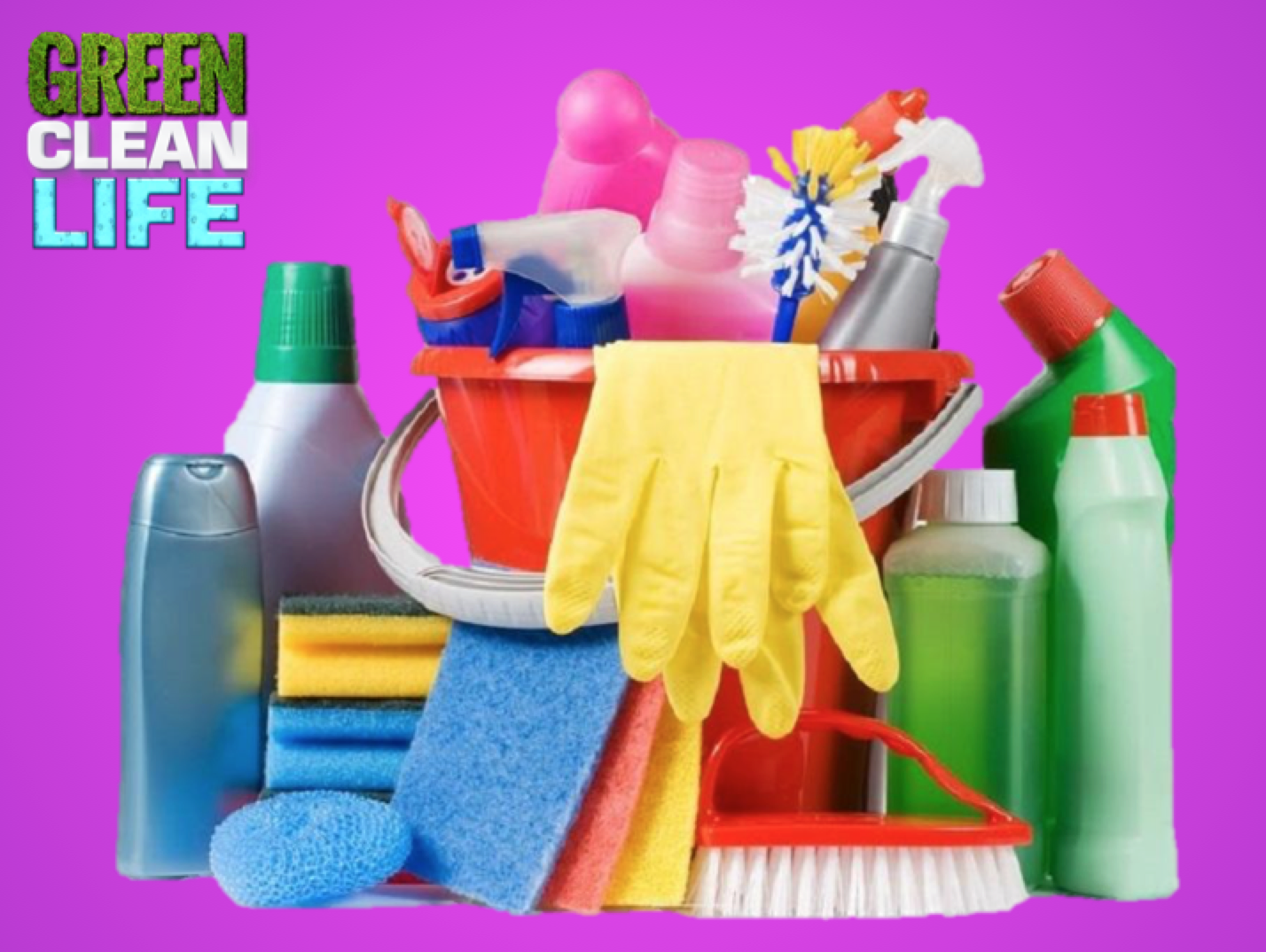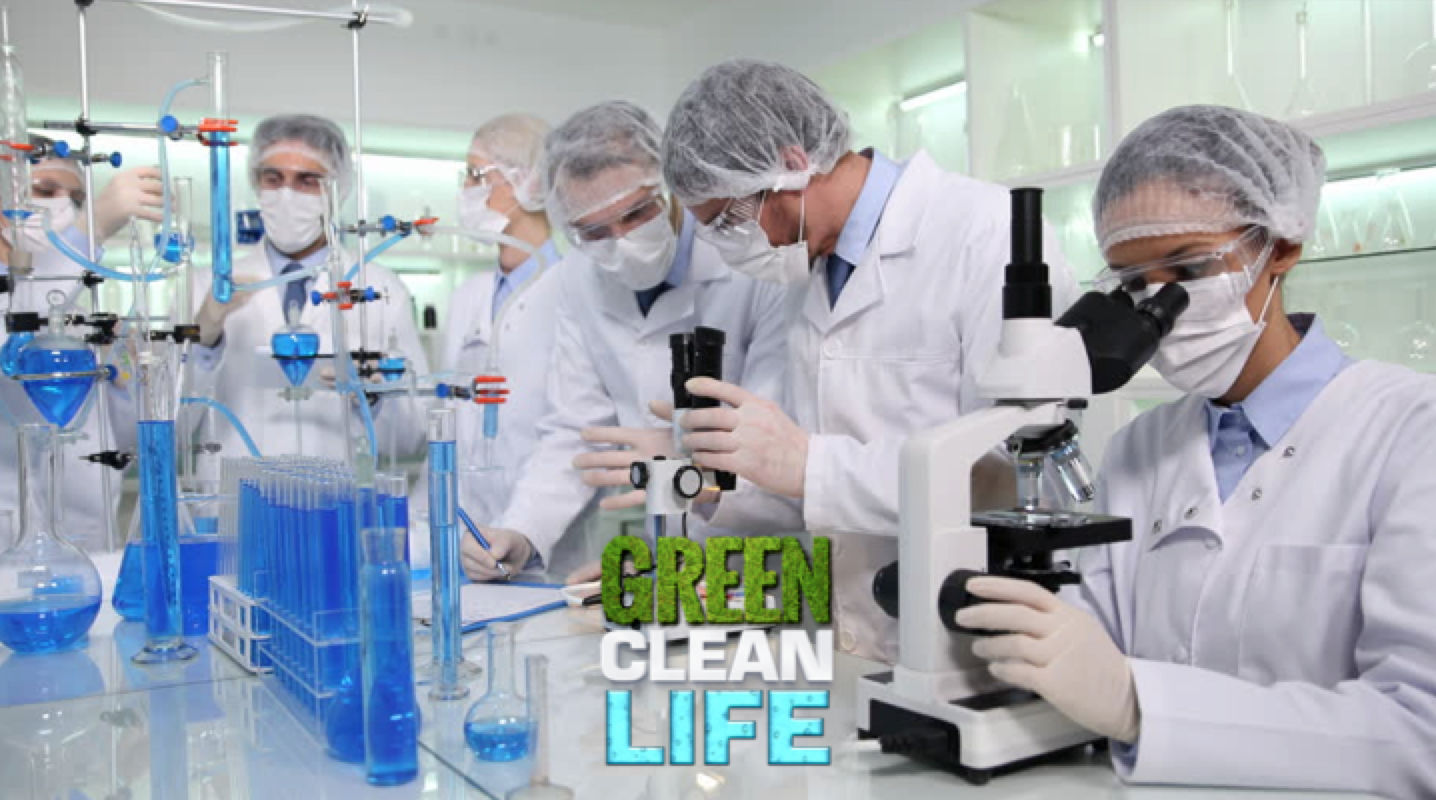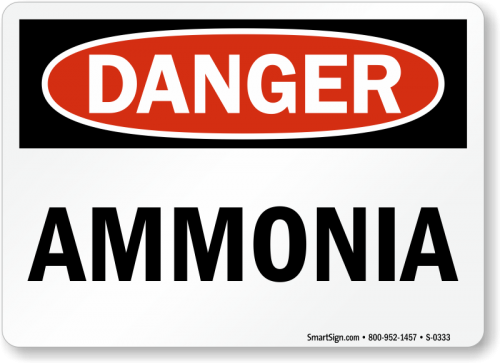We have always used the same brands of cleaning products since the day we were born. You probably used for the same reason that all of us use them, and it isn’t because of their clever ad campaigns. We purchase these products simply out of habit as our parents bought them because their parents did as well. A long time ago these cleaning products were the only thing we had so no one ever thought to questions what might be in them and how could they be affecting our bodies.
Well someone finally took the time to see just how harmful ingredients like ammonia and bleach can really be and it turns out that the two key ingredients for making mustard gas are dangerous for you no matter what amount of the chemicals are used. The study followed over 6,200 people for 20 years and specifically studied the effects of cleaning products on both the deterioration of lung capacity and the obstruction it causes to your airways.
So how bad can it be? It turns out that cleaning your home once a week with these products is the equivalent to smoking a pack of cigarettes a day for an entire week. The damage doesn’t stop there though as others that are living in the house experience side-effects, just not as bad as the “first-hand” cleaner. Women tended to be more affected than men were and it appears that those that used the products periodically was more damaging than someone who worked with them on a regular basis. The speculation on this is that cleaning professionals are away of the dangers of cleaners and often wear protective masks.
The scariest part about this is that the evidence appears to be concrete. Normally studies like this can be shaken off due to a short period of research time or a lack of subjects being tested, but over 6000 people for the course of 20 years is a lot of evidence to ignore. In fact, major networks and publishers from CNN to The New York Times have acknowledged the article and it is published in the most credible of sources. To learn more, check out the actual study at http://www.thoracic.org/about/newsroom/press-releases/resources/women-cleaners-lung-function.pdf
So how do we combat this? We still have to clean our homes, but obviously we don’t want to continue poisoning our families and ourselves! There are natural ways to clean that are anti-bacterial and anti-microbial, so don’t give up hope. From Tea-tree oil to vinegar, switching to a natural cleaner can make your home safe from the germs without constantly burning out the aioli in your lungs!




